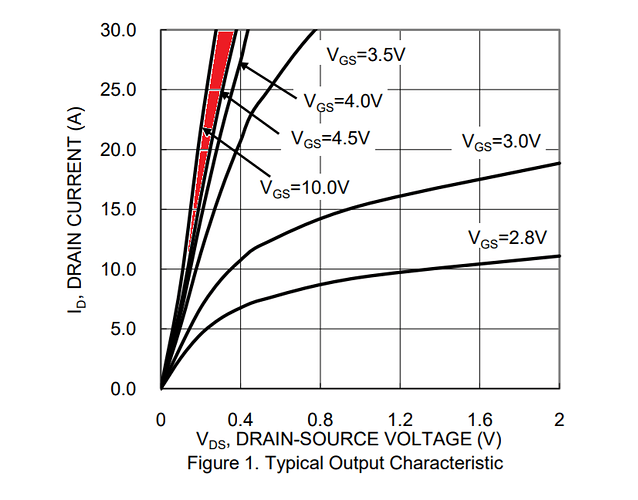Hi @nest90 , and welcome to SimpleFOC!
So I would be pleased to be corrected on this, but as far as I am aware there are no BLDC drivers which take their power from USB. There are lots which have USB ports for DFU firmware flashing or Serial comms, but none that I know of that route the USB power to the motor.
This is because doing so would be out of spec for old style USB, even small BLDCs would draw too much current when stalled. For newer USB specs, either the 2A charging, or USB-C with PD, it would be possible to power a BLDC motor.
I think to make a safe device, i.e. one that doesn’t cause damage to old style USB ports, you’d have to follow the USB-C PD spec, which typically involves a certain amount of chips and components (like a bunch of FETs to control the power path), and isn’t completely trivial to implement. There are plenty of reference designs associated with the different chips you can get.
You could look through the different newer boards out there from Sparkfun etc, perhaps there is one that can deliver 1 or 2A on its 5V rail - that would be enough for haptic, I believe. But most MCU boards have woefully underpowered LDOs for driving a motor, or have 5V directly connected to USB, which doesn’t seem like a good plan.
Another approach could be to just ignore all specs and potential problems, and power a board directly from USB – but using a good externally powered USB hub. I have one with a port tabled “Charging - 2A max” - maybe it will just work for the power levels you need… but I would not plug the resulting device directly to a computer or laptop, this way of doing it sounds more like a prototype phase approach 
In terms of actual drivers, it is very difficult these days. Most products are out of stock. Check out some of @Valentine 's designs in this forum, perhaps when they are ready some of those would suit your project? Or maybe you can get your hands on a B-G431-ESC-1… It probably won’t meet your size requirements but a SimpleFOC shield and Nucleo board might be good enough for prototyping?
